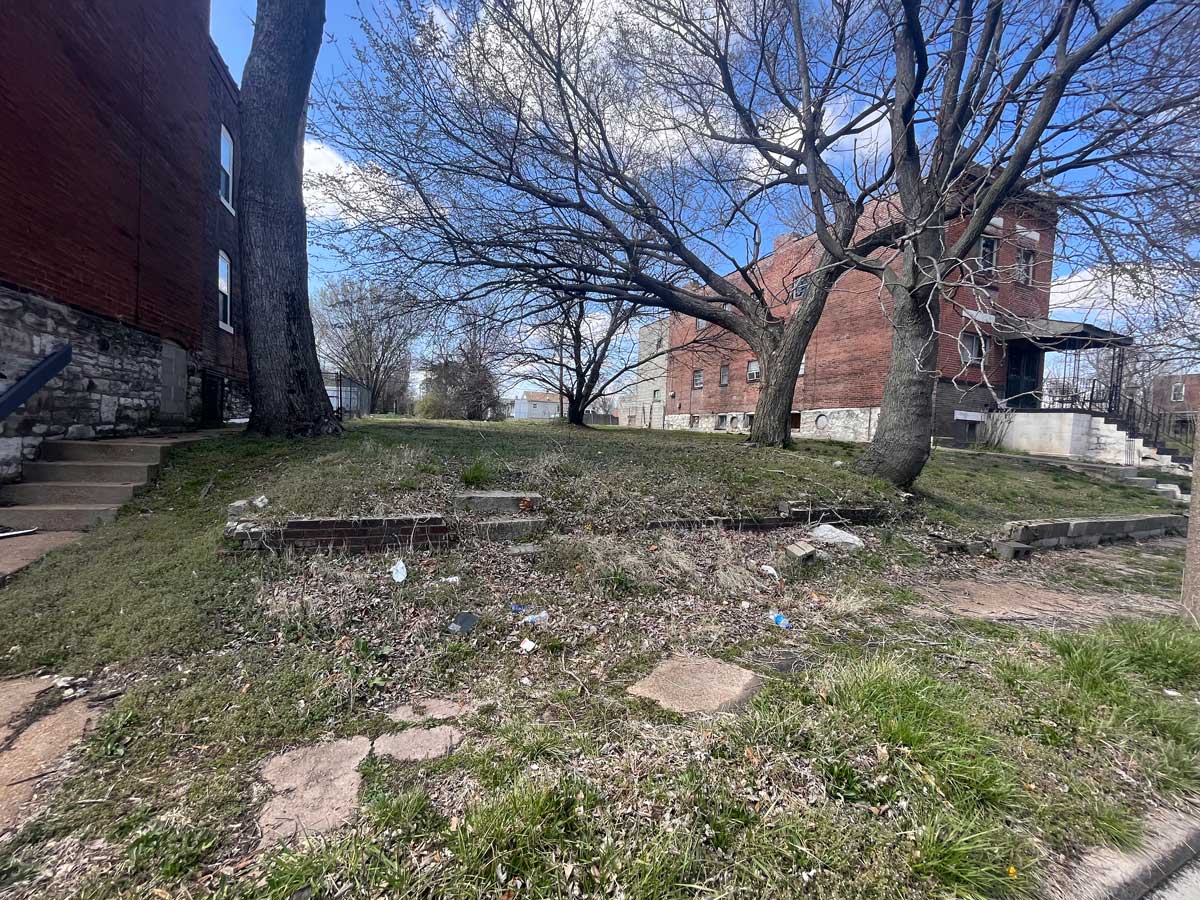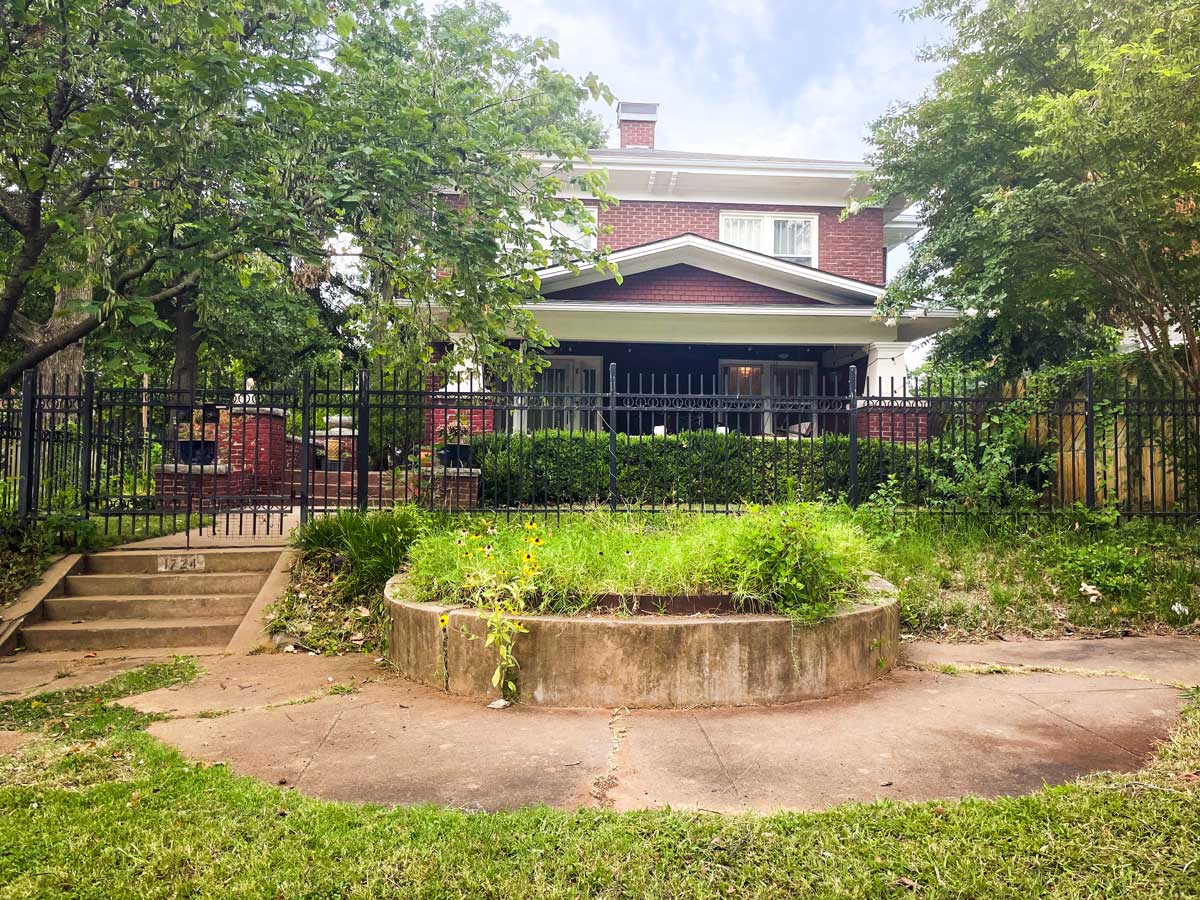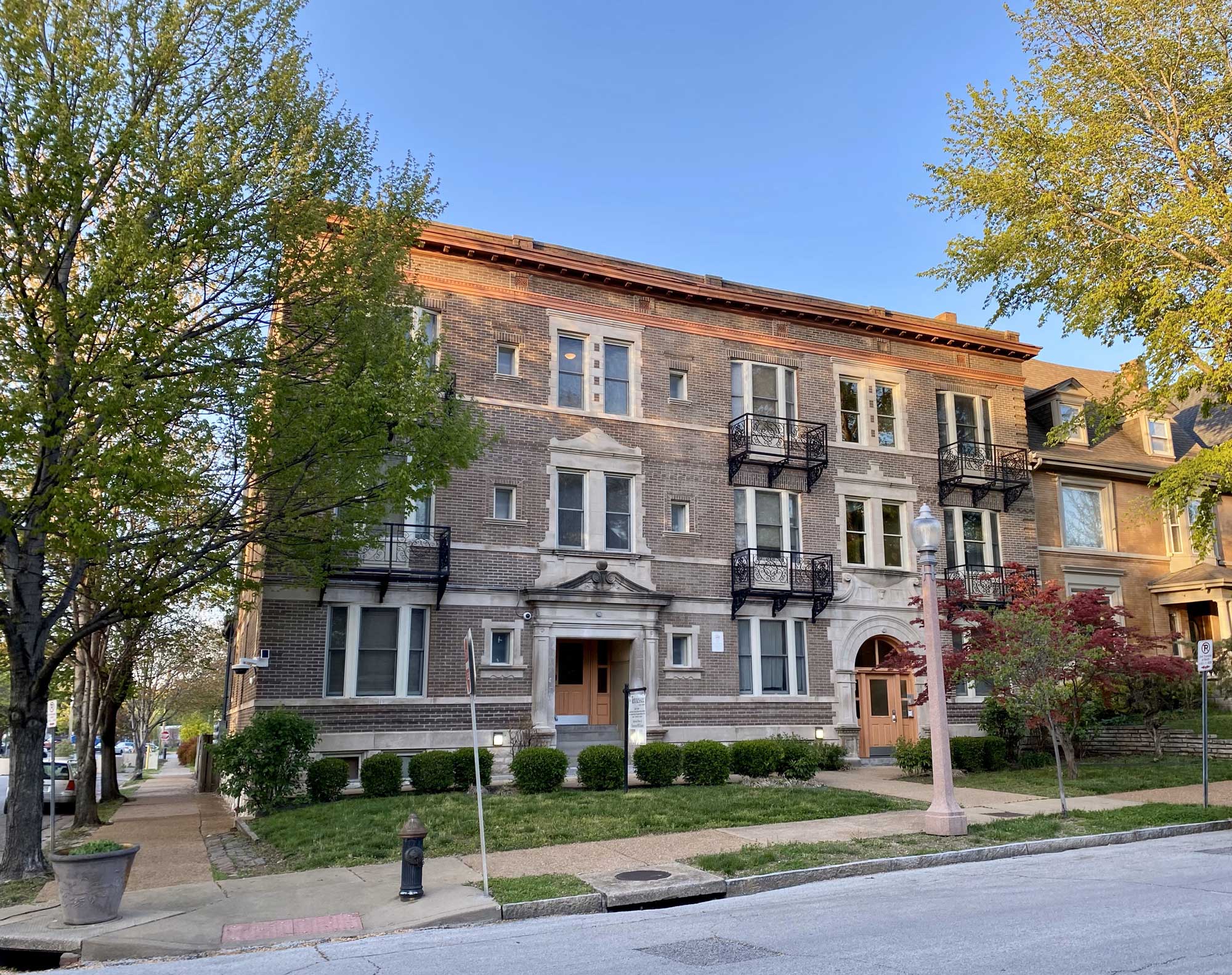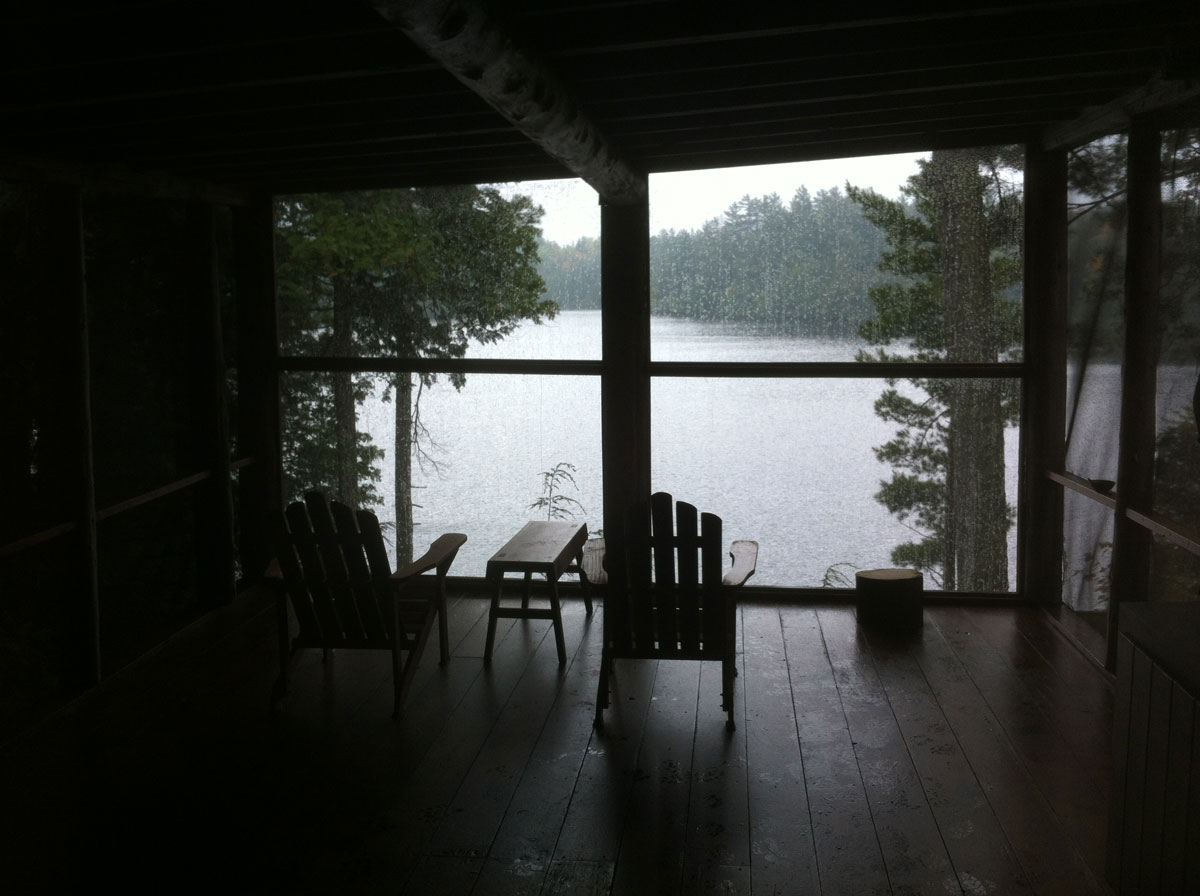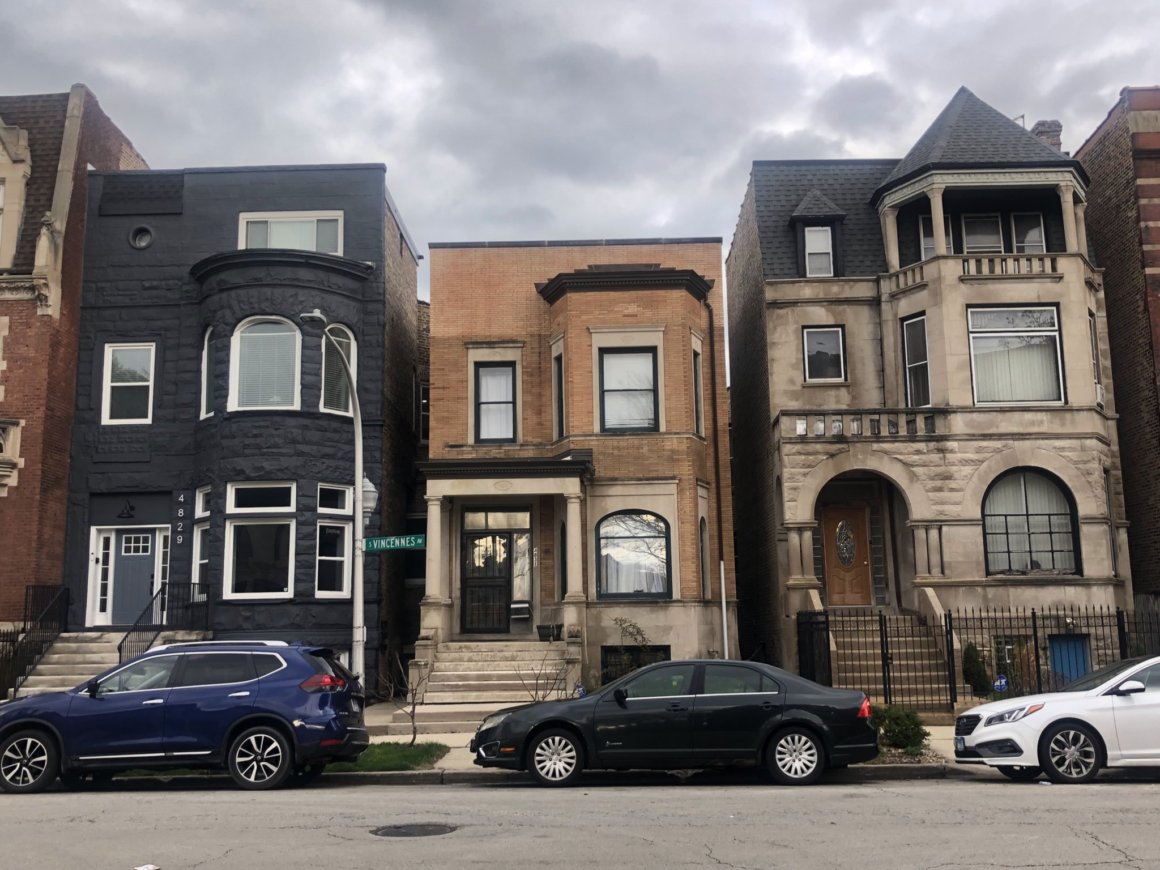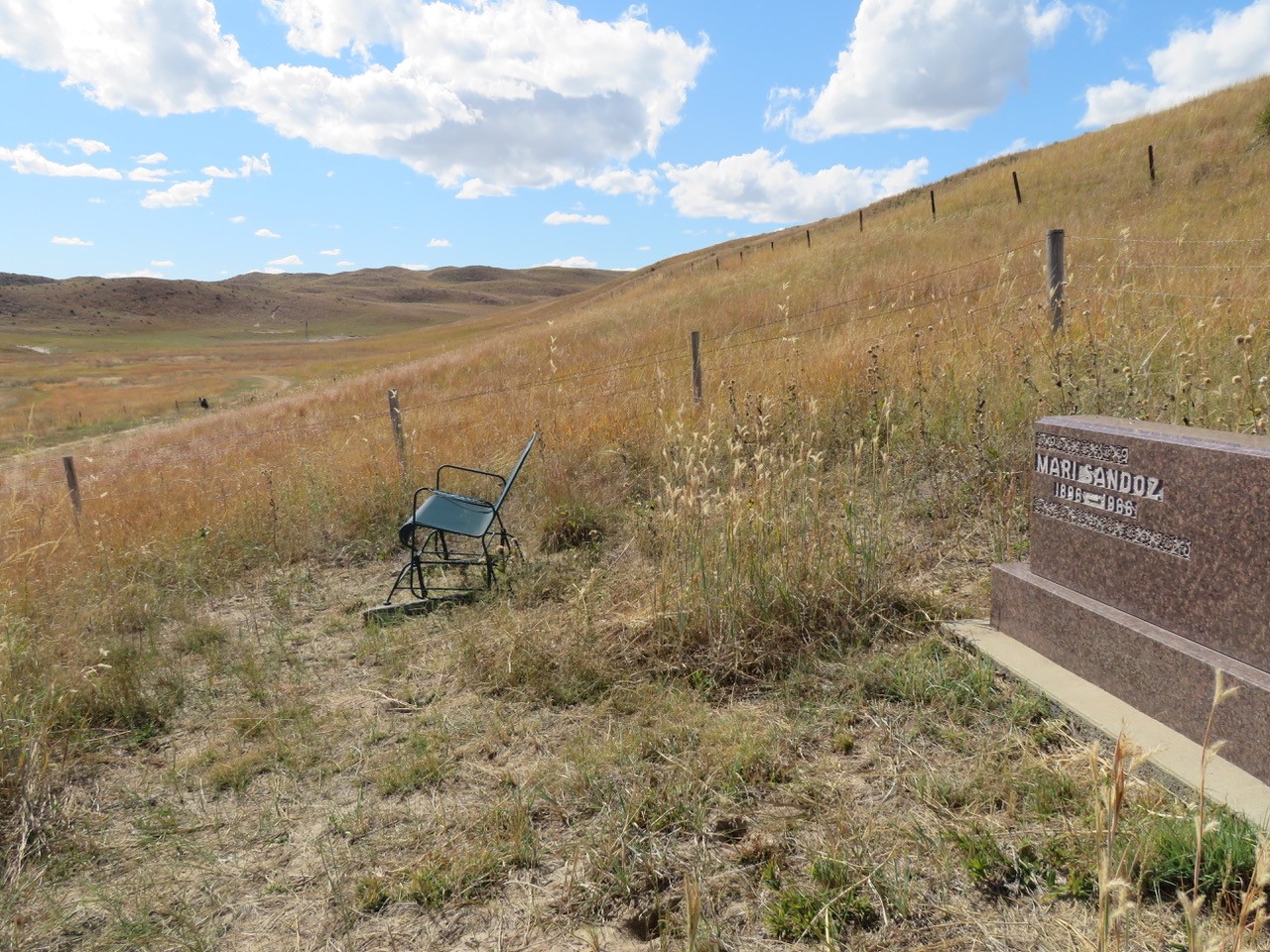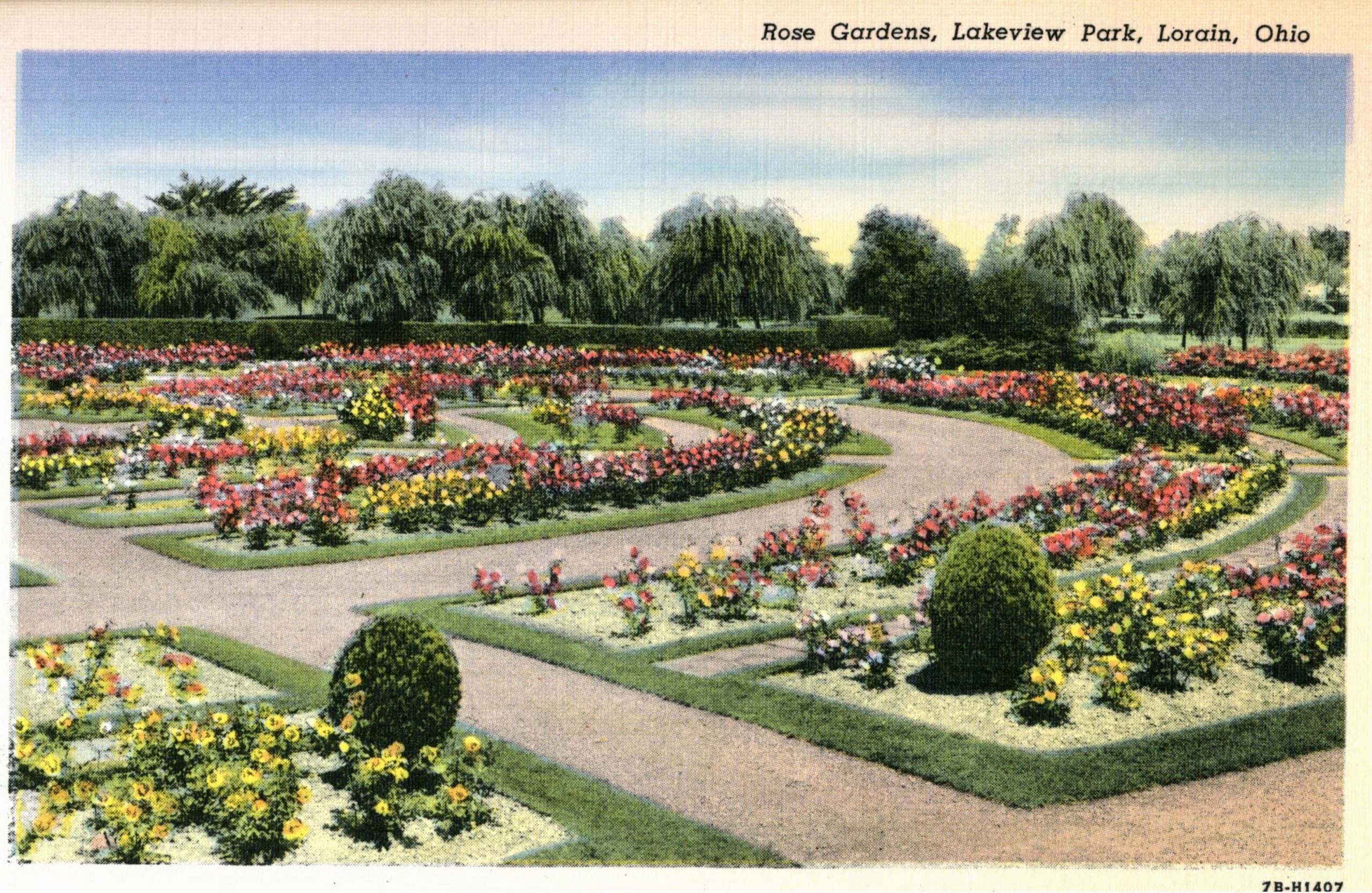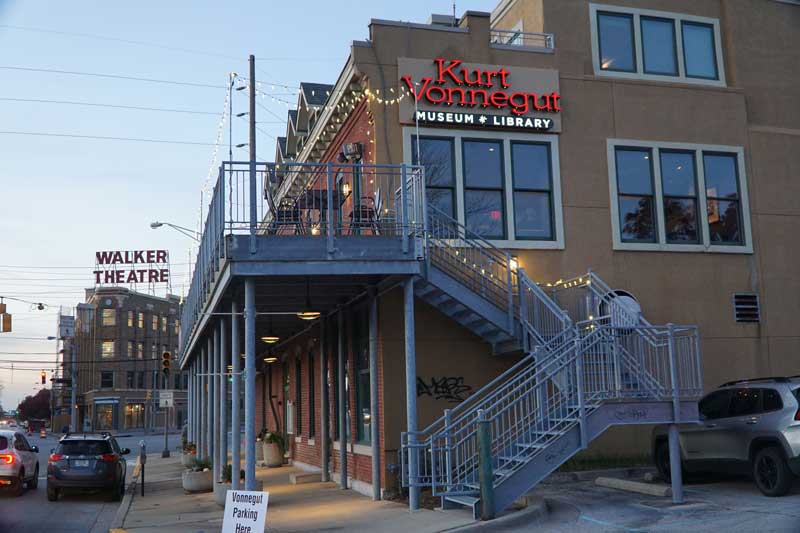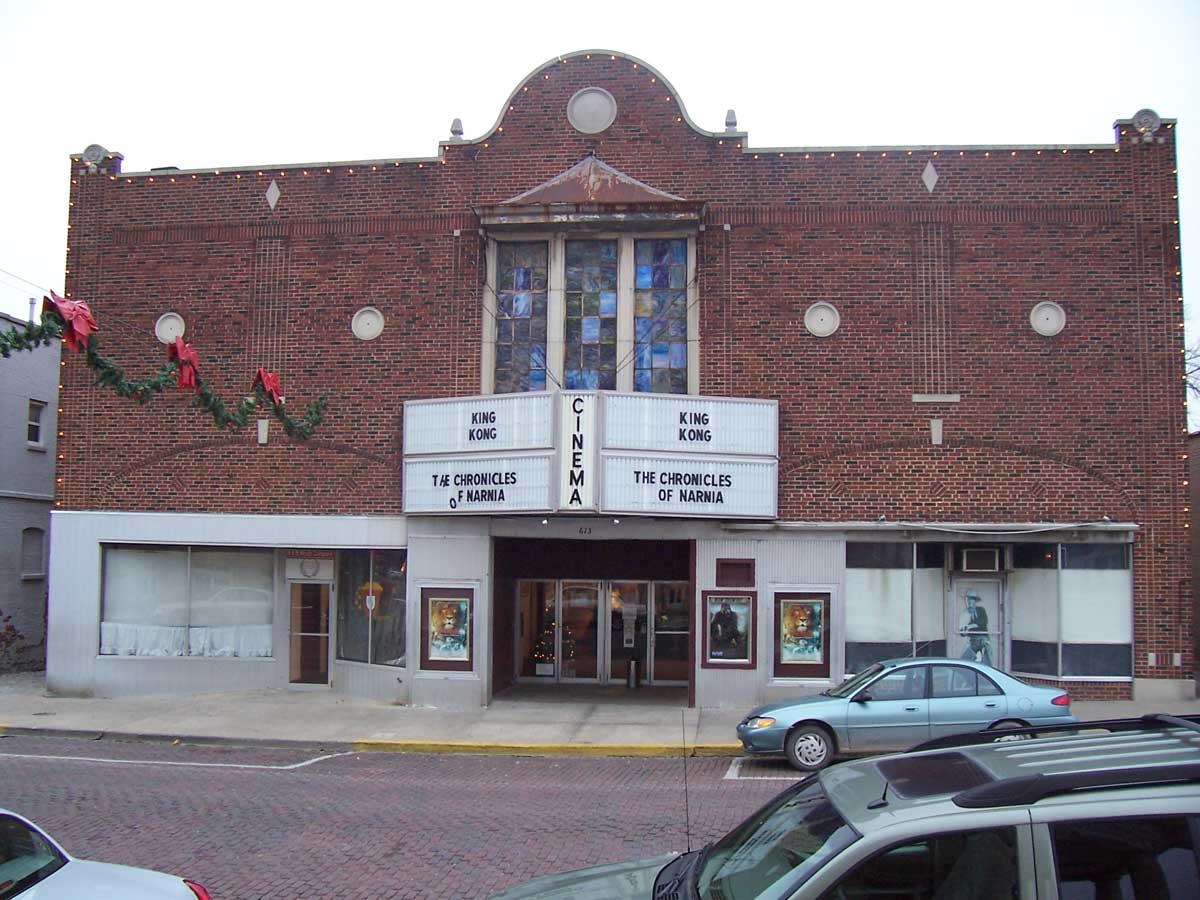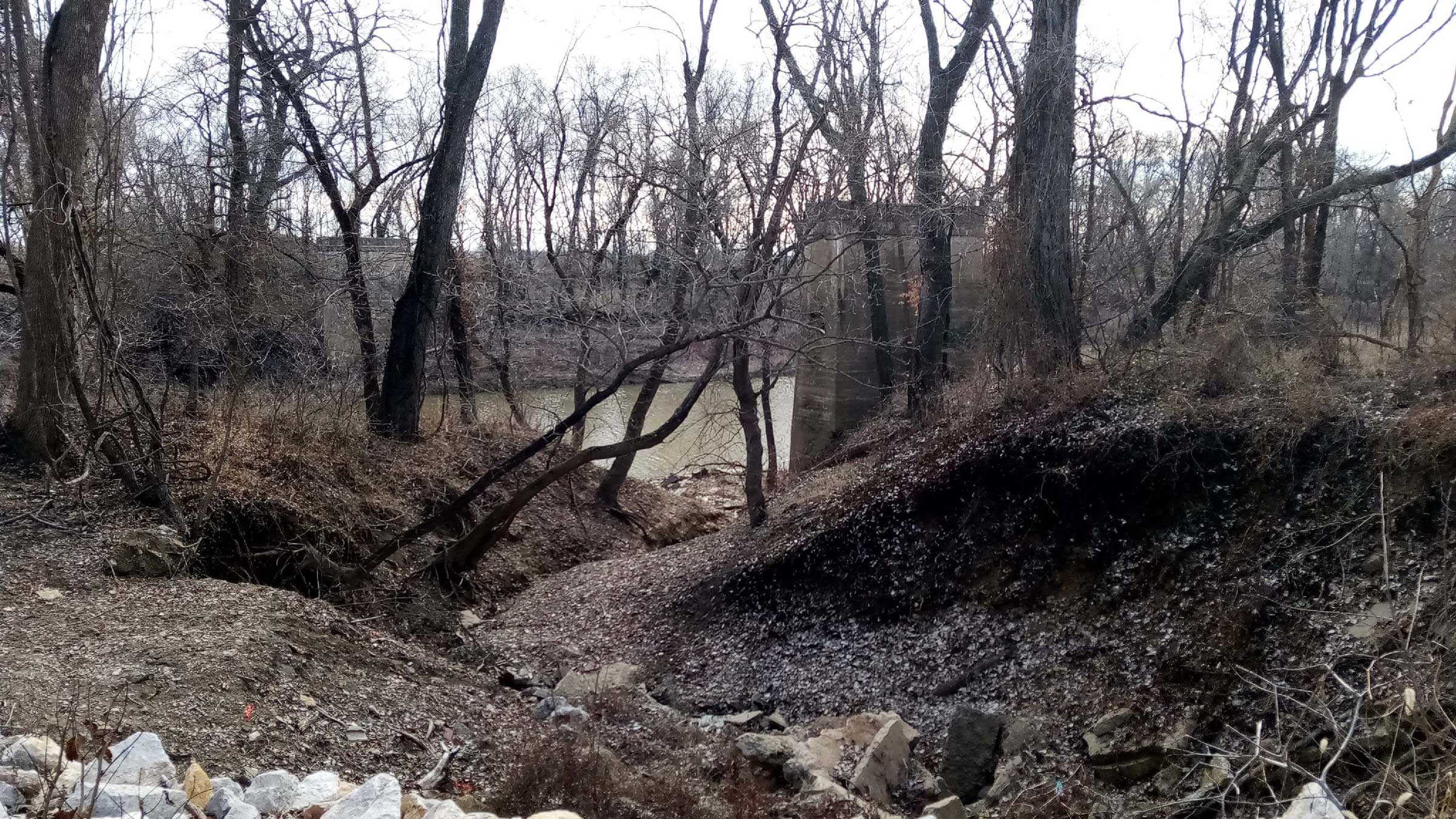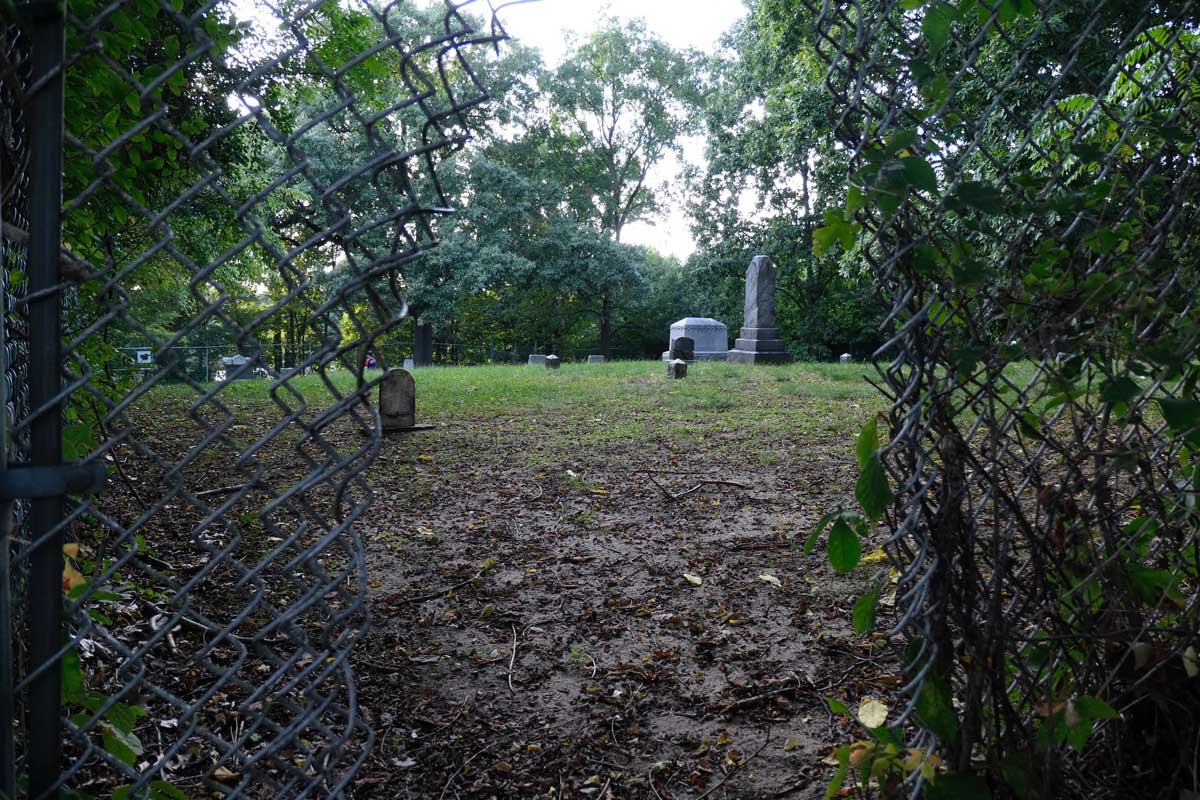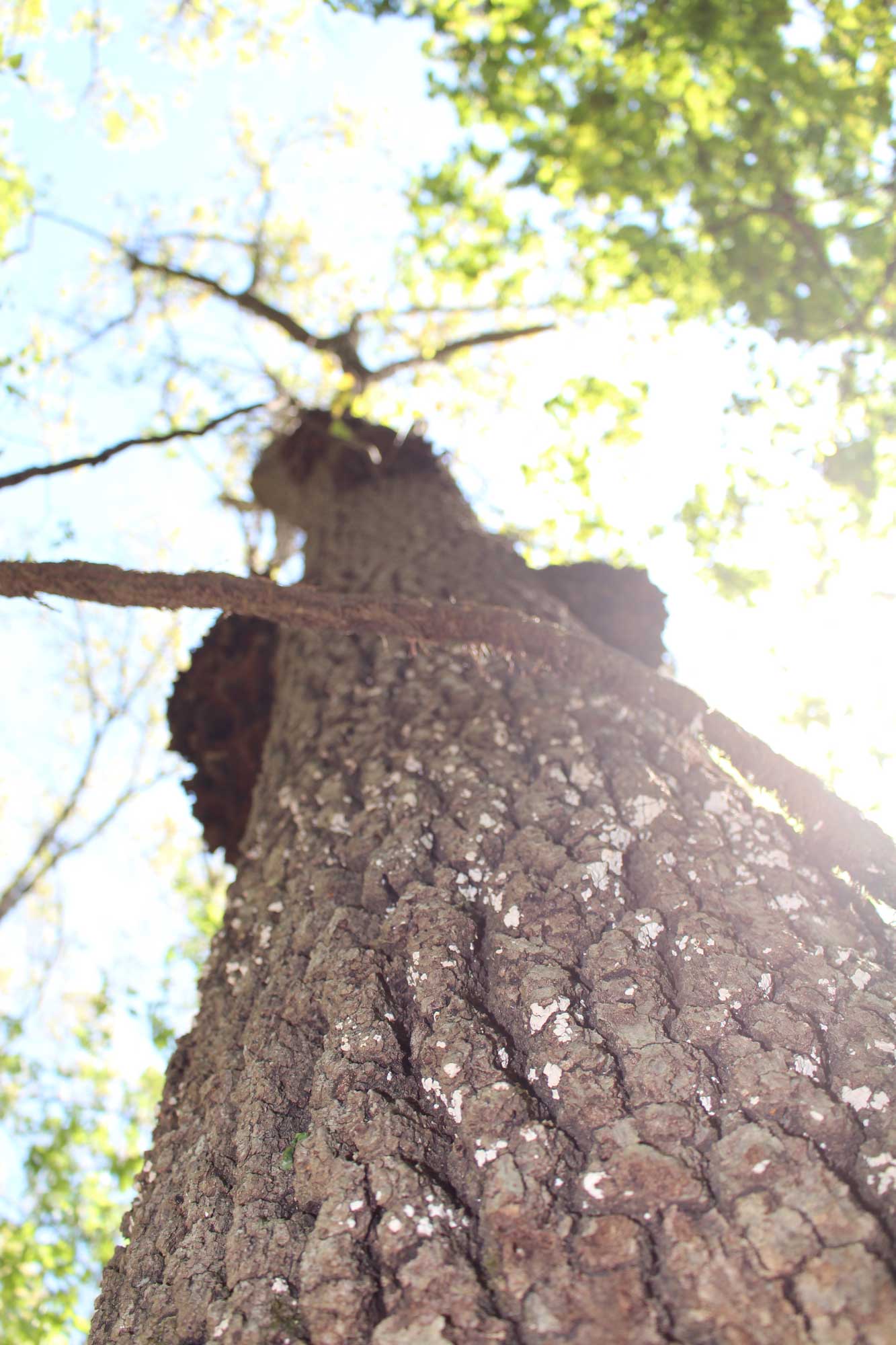MAYA ANGELOU
Angelou Memorial
Stamps, Arkansas
By Greer Veon
Despite living in southwest Arkansas most of my life, my first visit to Stamps was with my parents in August 2018. We made the trip on a Sunday afternoon before my flight back north the following morning, my parents joking that Stamps was the kind of place that kept to itself. I sat in the backseat picturing the red clay that Maya Angelou once walked across and imagined feeling the breeze she once breathed.
In September 2017, a local newspaper reported that a memorial sign dedicated to Angelou disappeared from the grounds of Lake June days after Stamps elected Brenda Davis, their first Black mayor. “It makes you wonder,” Mayor Davis told reporters. “But I wouldn’t speculate.” All the same, the mayor’s suspicions resonated, coming as they did in the Southern town that served as the backdrop for I Know Why the Caged Bird Sings, Angelou’s painful 1969 memoir about coming of age during the Jim Crow era. Over time I searched for updates, but the suspects’ names were never printed, and the story went cold.
In a way, Angelou’s memoir prefigures Mayor Davis’s wariness:
What sets one Southern town apart from another, or from a Northern town or hamlet, or city high rise? The answer must be in the experiences shared between the unknowing majority (it) and the knowing minority (you). All of childhood’s unanswered questions must finally be passed back to the town and answered there. Heroes and bogey men, values and dislikes, are first encountered and labeled in that early environment.
In the early 20th century, Stamps served as a flag stop for the railroads that stretched across Arkansas, Texas, and Louisiana. I grew up forty-five minutes away on the state line between the twin cities of Texarkana, one of the bigger stops on that same line, the Cotton Belt Route. Many of my childhood memories are set in the backseat of our family car as we took weekend drives on local roads through one-stoplight towns filled with forgotten gas stations and churches. Most of the newer highways bypassed Stamps. So did most people. When my ninth-grade English class read Angelou’s memoir, our teacher spoke less about how close we lived to the town and more about parents’ letters asking that my classmates be excused from the reading.
I didn’t revisit that memory until shortly after I moved away and read a piece on the Celebrate Maya Project, which was holding a 2018 celebration for the author’s 90th birthday. Angelou’s admirers gathered in Stamps to honor her and witness her childhood landscape. Still, I couldn’t shake the missing sign. I wondered what remained, and I longed to visit Maya’s hometown the next time I returned home.
On the way to Stamps that afternoon, we stopped at Burge’s, a retro dairy barn in nearby Lewisville, where we ordered from the front window. Minutes after stuffing ourselves with brisket and chocolate pies, we entered Stamps’ historic downtown, marked by a post office and outdoor storefronts. Paint cans and a ladder leaned against a half-completed mural. As we crossed over the train tracks, I looked for Annie Henderson’s merchandise store, the center of Angelou’s life in I Know Why the Caged Bird Sings, but it’s gone.
We found Lake June on the edge of town, the water drained enough to expose its bottom brush. Despite reports that the state would replace the missing sign, there, almost a year after it was stolen, stood a wooden skeleton of the memorial. There’s something sobering to see that as the same place where a young Angelou spent her alone time. Even Maya Angelou, a voice of her generation, still faces these attempts at erasure, even in the town that played such a vital role in her legacy. Angelou’s memoir addresses a childhood filled with love and pain that stayed with her no matter where she moved. What “heroes and bogeymen” have other children first encountered here and other towns alike? I feared who decides what parts of our homes will be made forgotten. Will they make space or blot out the experiences, the identities of their neighbors? I inhaled the damp air and left without answers.
Greer Veon is a writer who works for the Office of Residence Life at Hendrix College in Conway, Arkansas. In 2019, she earned her MFA in Creative Nonfiction from Sarah Lawrence College. Her most recent work has been featured in ELLE. Find her at greerveon.com.







